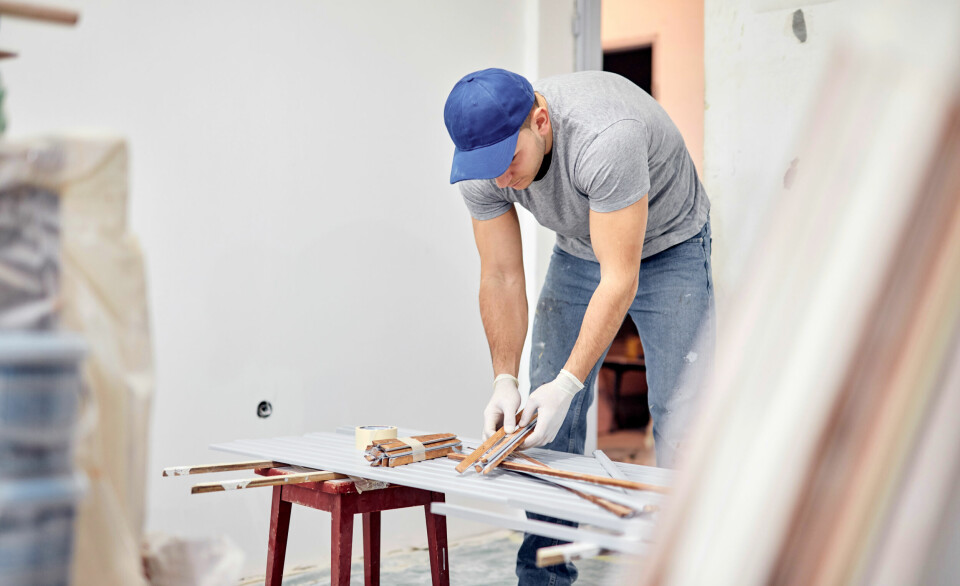Checking French taxe foncière calculations can see bills reduce by 30%
Some properties have gone decades without ‘maintenance coefficient’ being reevaluated
The condition of a property can affect the final amount of your bill
sylv1rob1/Shutterstock
Checking the tax calculation on your French home can see a reduction in the taxe foncière bill by between 20% and 30%.
Notices for the main property tax (taxe foncière) are arriving, and while the annual increase to the tax tied to inflation is lower than previous years, bills are still on the rise.
A 1.7% across-the-board increase is to be applied linked to the inflation rate from 2024, and final bills may rise further depending on rates set by local authorities.
However, property experts say that checking your property’s ‘maintenance coefficient’ can help reduce bills.
Calculations unchanged in decades
The exact calculations for taxe foncière are complex, but revolve around the theoretical annual rental value (valeur locative cadastrale, VLC) of a property (including garden, outhouses etc).
Several factors affect this value, from ‘comfort’ features such as electricity, inside toilets and heating, proximity to local services such as public transport and aesthetic elements including the views from the property.
There is also an eight-point scale ranking the property on how ‘luxurious’ it is, with ‘1’ being the highest and ‘8’ being uninhabitable.
Making improvements to a property can also increase the tax.
One additional but little-known element is the coefficient d’entretien or ‘maintenance coefficient’, which records the condition of the property (including communal areas if it is a flat) and how well-kept they are.
This ranges from 0.8 (poor) to 1.2 (good) condition.
However, authorities generally classify a property as being in the highest category (1.2) leading to an increase in the overall tax on the property, even if this is not the case.
Unlike certain other calculations, the maintenance coefficient is not reassessed or evaluated after a property is constructed, meaning its original rating has been locked in place since the property was built or since the first (and to date only) evaluation of the property for VLC purposes took place, sometimes as far back as the 1970s.
In many cases the rating given when the property was constructed or evaluated – usually 1.2 given its new-build status at that point – has remained in place despite the years which have subsequently passed.
This is despite any natural deterioration of a property through elements such as damage, wear-and-tear, etc. This is particularly the case for shared buildings such as flats where use by several people can result in such deterioration.
It is therefore possible to contest this rating of your property and have it realigned to a more accurate figure.
Le Figaro highlights the case of an individual who took his case to the tax authorities, and saw his coefficient reduced from 1.2 (good) to 1 (acceptable). This resulted in a €357 drop in his annual bill, around 20% of the overall sum.
This was backdated by several years netting the owner some €1,700 in refunded tax.
Homeowners can contact their local authorities and ask for the coefficient to be recalculated, based on evidence of the property’s state.
To do so, you should first ask the authorities for full information on how the taxe foncière for your property is calculated, allowing you to see the maintenance coefficient applied.
If you believe the coefficient is too high, you can then request a recalculation.
This should be sent back to the local tax office responsible for your taxe foncière (contact information is given on your notice).
You should include photographic evidence of the ‘degradation’ of your property to reflect the correct coefficient rate.
This can include, for example, damage such as leaks (with accompanying confirmation from insurers/plumbers), or in a shared building of damage to the facade, etc.
While you can do this yourself you could seek help from an expert such as an avocat fiscaliste (tax lawyer) if needed.





























